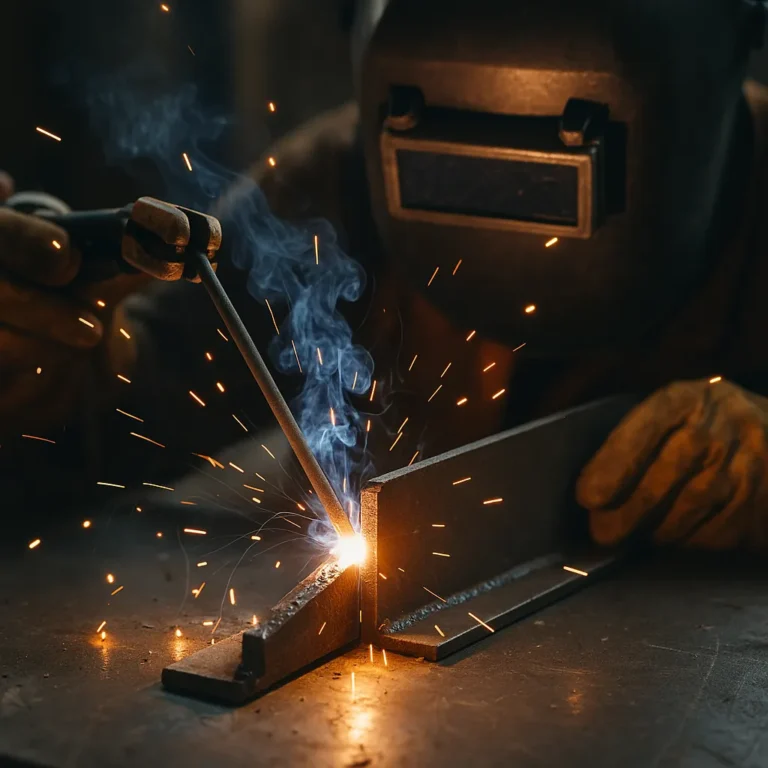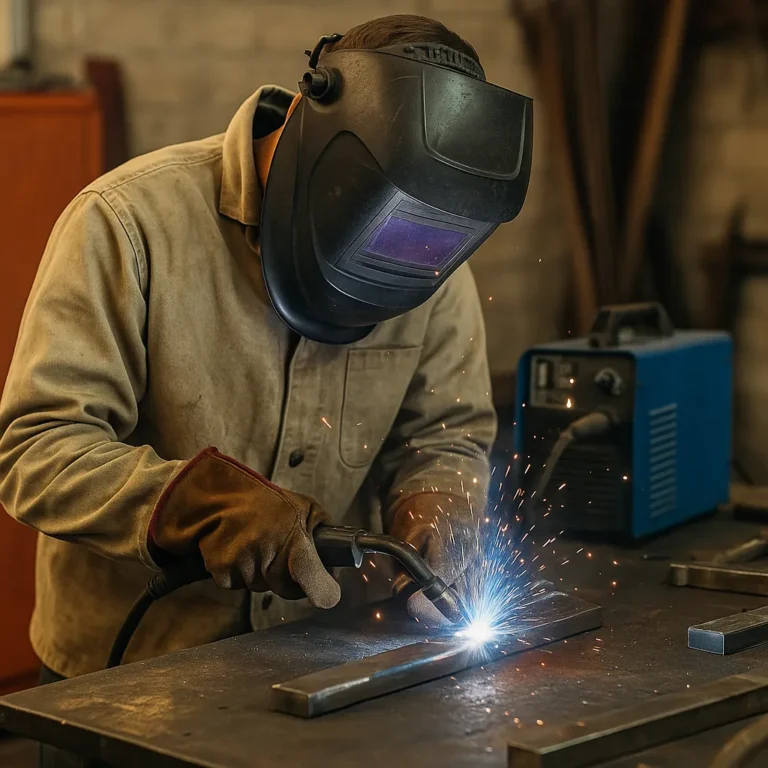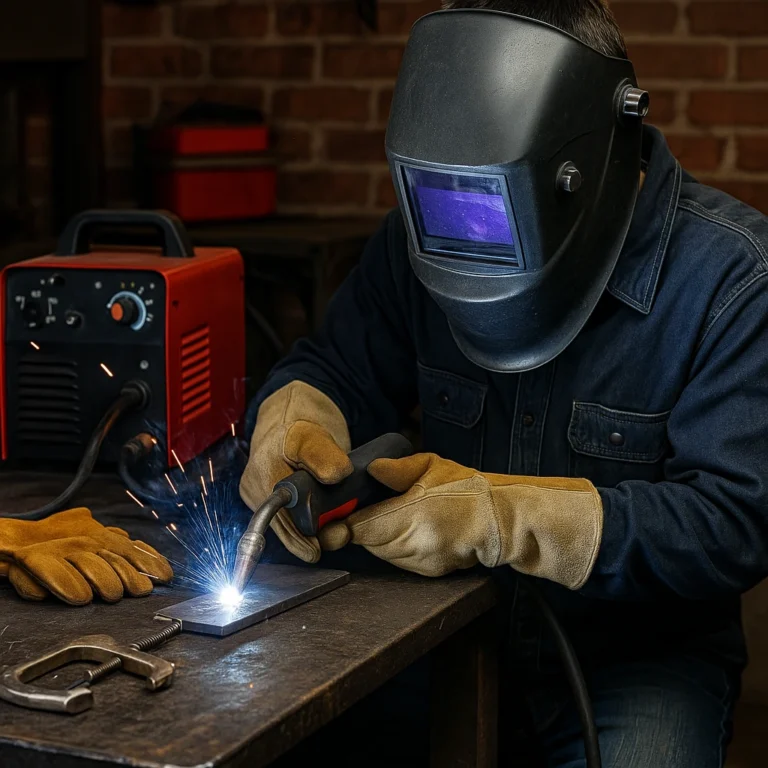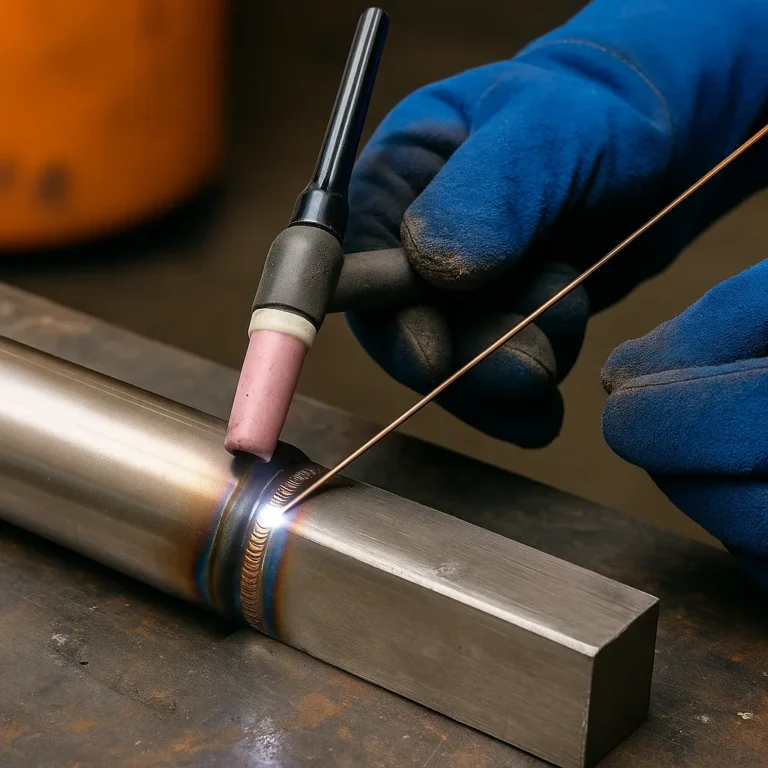Can You Tack Weld With a Stick Welder and Get Strong Results?

Disclosure: This post contains affiliate links. As an Amazon Associate, I earn from qualifying purchases—at no extra cost to you.
Tack welding is essential in metal fabrication to hold components in place before the final weld. While MIG and TIG machines are often preferred for their ease of arc control, many wonder whether stick welding (SMAW) can be used for tack welds. The short answer is yes—but success depends on proper technique and awareness of the stick welder’s characteristics.
What Is Tack Welding?
Tack welding involves creating small welds at key points along a joint to maintain alignment and gap spacing during assembly. These temporary welds prevent distortion or movement caused by heat during the full welding pass. The goal is strength without over-penetrating or introducing excessive heat into the workpiece.
Can You Tack Weld With a Stick Welder?
Yes, you can absolutely tack weld with a stick welder. Though stick welders are less precise than MIG or TIG machines, they are still suitable for temporary welds, especially on thicker metal where arc force and penetration are required. The key is using short, controlled welds and properly managing the arc start and stop.
Stick welding is commonly used for structural steel, pipe welding, and field fabrication, where tack welds are not only possible but standard.
Best Practices for Tack Welding With a Stick Welder
Choose the Right Electrode
For tack welding, E6010 or E6011 electrodes are popular because they offer deep penetration and are ideal for root passes. E7018 is another good choice if you prefer a smoother bead and better arc control. Use a smaller diameter rod (1/8″ or 3/32″) to allow more control and limit heat buildup.
Control the Heat Input
Tack welds are short and fast. Keep your arc time to just one to two seconds to avoid overheating the joint. Overheating can cause warping or burn-through, especially on thinner materials. If you’re working with thick steel, a slightly longer tack may be acceptable, but avoid turning it into a mini full weld.
Arc Striking Technique
Stick welding can be tricky when striking an arc quickly for tacks. Practice starting the arc in the right position without damaging adjacent metal. Use a slight drag motion and aim to lift the rod immediately after the tack is formed.
Tack Placement and Spacing
Place tacks evenly across the joint, spacing them 6 to 12 inches apart depending on the length and thickness of the material. Ensure all parts are properly clamped or held in alignment before tacking. For critical structural work, multiple tacks or staggered tacks may be used to prevent distortion.
Clean and Inspect Tacks
Always clean the area before tacking—remove rust, paint, or oil. After placing the tacks, inspect them for cracks or porosity. Defective tack welds can compromise joint integrity or make finishing passes more difficult.
When Not to Use Stick Tack Welds
Stick tack welds are not ideal for very thin sheet metal or for projects requiring cosmetic perfection, where TIG or MIG would be more appropriate. Also, on stainless steel or aluminum, stick welding requires special electrodes and can lead to oxidation or contamination if not carefully controlled.
Conclusion
Tack welding with a stick welder is not only possible—it’s widely practiced in structural welding and heavy fabrication. By choosing the right electrode, managing heat input, and applying proper technique, you can achieve strong and reliable tack welds. With a bit of practice, even beginners can use stick welding to lay down solid tacks that hold up during the full weld process.






